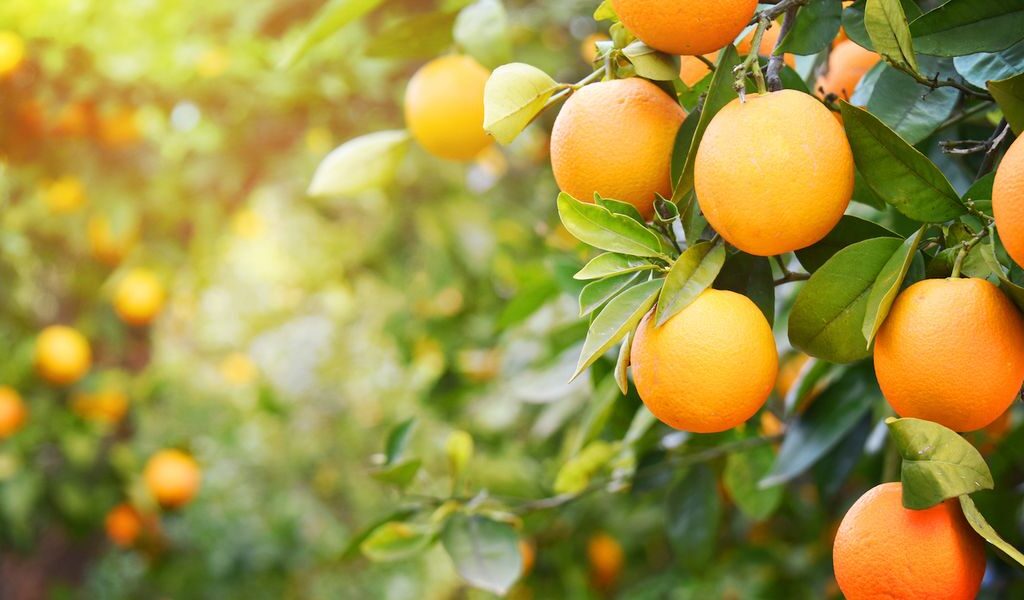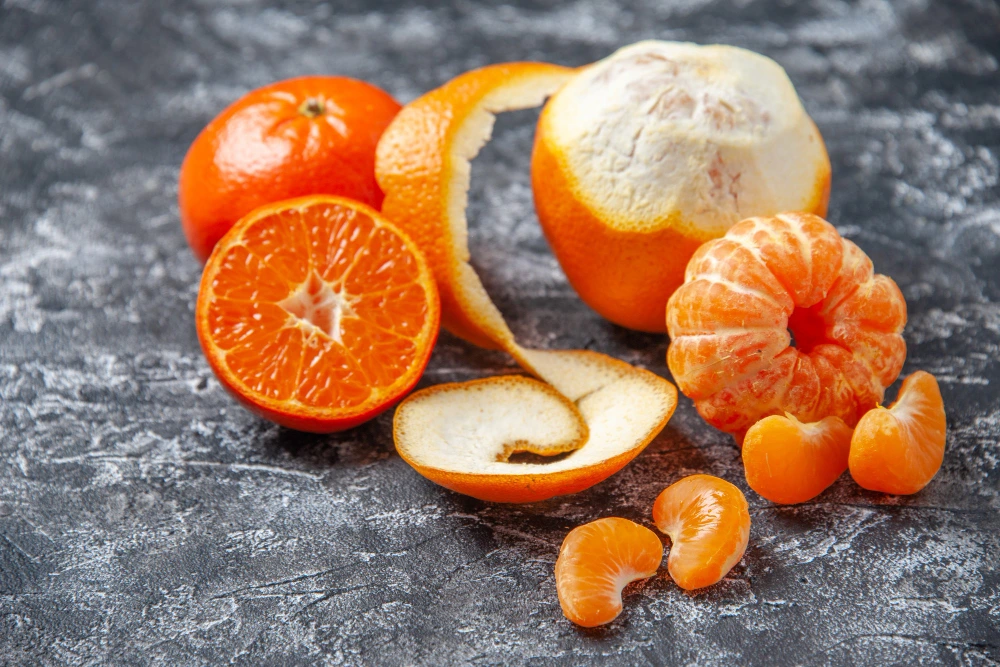Oranges are one of the most popular and widely consumed fruits globally. From breakfast tables to juice bars and festive occasions, oranges are a symbol of health, vitality, and natural sweetness. Not only are they rich in vitamin C, but they also play a major role in global trade and agriculture. But have you ever wondered — where does the world get most of its oranges? Which countries are behind those juicy oranges in your fruit basket or the glass of orange juice on your table?
In this article, we’ll explore the major orange-producing countries, how global orange supply chains work, and what challenges and trends are shaping this vibrant industry today.
The Global Love for Oranges

Oranges are cultivated in more than 140 countries, but only a handful dominate global production and exports. The fruit’s versatility — consumed fresh, juiced, or as an ingredient in desserts and savory dishes — makes it one of the world’s most demanded fruits.
On average, the world produces around 75–80 million metric tons of oranges annually. While many countries grow oranges for local consumption, a select few have established themselves as global suppliers, shipping fresh fruit and juice to international markets.
Let’s dive into the regions where the world sources most of its oranges.
Top Orange-Producing Countries Supplying the World
Brazil — The Undisputed Leader
Annual Production: 16–17 million metric tons
Main Export: Orange Juice
When it comes to oranges, Brazil is the world’s largest supplier, accounting for nearly one-quarter of global production. However, Brazil’s real dominance lies in the orange juice market, supplying over 60% of the world’s orange juice exports.
Where in Brazil?
Most of Brazil’s oranges come from the São Paulo Citrus Belt, where favorable climate and large, modern orchards create perfect conditions for orange farming.
How are they used?
While a portion of Brazil’s oranges are consumed fresh domestically, about 80% of the harvest is processed into juice for export to the United States, European Union, Japan, and other regions.
Why Brazil matters:
- Massive, industrial-scale orchards
- Well-established processing infrastructure
- Strong export networks
Fun Fact:
São Paulo’s citrus groves are so large that they cover an area bigger than many small countries.
India — A Fast-Rising Domestic Giant

Annual Production: ~10.5 million metric tons
Main Export: Limited; mostly local consumption
India is the second-largest orange producer in the world. However, unlike Brazil, India produces primarily for domestic consumption. Indian markets are flooded with local varieties like Nagpur oranges from Maharashtra and Khasi mandarins from the northeastern states.
Where in India?
Key orange-growing states include Maharashtra, Madhya Pradesh, Arunachal Pradesh, Punjab, and Rajasthan.
Why India matters:
- Rapidly expanding production
- High domestic demand due to growing middle-class income
- Government support for citrus farming under the National Horticulture Mission
While India isn’t a major global exporter of oranges yet, it has tremendous potential, with increasing investments in storage, processing, and supply chain infrastructure.
China — Huge Production, Focused on Local Markets

Annual Production: ~7.5 million metric tons
Main Export: Minimal; consumed locally
China ranks third globally in orange production. Similar to India, most of China’s oranges are consumed domestically. The country’s growing middle class and health-conscious urban population have driven up demand for fresh fruits like oranges.
Where in China?
Key orange-producing provinces include Jiangxi, Hunan, Guangxi, and Sichuan.
Why China matters:
- Rapidly expanding orchards and modernization of farming practices
- Oranges hold cultural significance during Chinese New Year as symbols of wealth and luck
- Increased investment in disease management and storage infrastructure
While exports are limited, China’s influence on the global market comes through its sheer production volume and growing internal demand.
Mexico — A Regional Leader

Annual Production: ~4.6 million metric tons
Main Export: Fresh oranges and juice to the U.S. and Canada
Mexico is the fourth-largest orange producer globally and a key player in the North American market. The country exports large quantities of fresh oranges and orange juice, primarily to the United States, due to proximity and favorable trade agreements.
Where in Mexico?
The leading citrus-producing states are Veracruz, Tamaulipas, and San Luis Potosí.
Why Mexico matters:
- Vital supplier of fresh oranges to the U.S. and Canadian markets
- Focus on regional exports with potential for expansion
- Diversified market with both juice processing and fresh fruit sectors
United States — Iconic Citrus Industry
Annual Production: 4–4.5 million metric tons
Main Export: Orange Juice and Fresh Oranges
Though its production has declined in recent years, the United States remains a significant source of oranges, particularly for domestic consumption and juice production.
Where in the U.S.?
The key orange-producing states are Florida, California, and Texas. Florida is renowned for its juice oranges, while California specializes in fresh-market varieties like Navel oranges.
Why the U.S. matters:
- Known for premium-quality oranges and world-famous orange juice
- Despite setbacks from hurricanes and citrus greening disease, the U.S. citrus industry continues to innovate with disease-resistant rootstocks and advanced farming technologies.
Fun Fact:
Florida’s citrus industry has been producing oranges commercially since the mid-1800s!
How Global Orange Trade Works

Although many countries produce oranges, international trade is dominated by just a few major players. The two primary products traded are:
- Fresh Oranges: Exported mainly by countries like Spain, South Africa, Egypt, Mexico, and the United States.
- Orange Juice: Dominated by Brazil and, to a lesser extent, the United States.
Key Export Destinations:
- European Union: Major importer of fresh oranges and juice from Brazil, Egypt, and South Africa
- United States: Imports fresh oranges from Mexico and juice from Brazil
- Japan: High consumer of imported orange juice, primarily from Brazil and the U.S.
Trends and Challenges in the Orange Industry
Rising Demand for Natural Juices
With increasing awareness about healthy living, demand for 100% pure, no-sugar-added orange juice is growing globally, especially in urban centers.
Climate Change and Weather Extremes
Droughts, heatwaves, hurricanes, and unpredictable rainfall are impacting orange yields, particularly in Brazil and Florida.
Citrus Greening Disease (HLB)
A major threat to global citrus production, citrus greening has decimated orchards in Florida and parts of Brazil. There’s no known cure yet, but countries are investing in resistant varieties and advanced pest management.
Sustainability and Technology
Precision agriculture, drip irrigation, and drone monitoring are being adopted widely in orange orchards to improve efficiency, reduce water usage, and combat disease.
Conclusion
So — where does the world get most of its oranges?
The clear answer is Brazil, followed by India, China, Mexico, and the United States. Together, these countries produce the lion’s share of the world’s oranges, either for fresh markets or juice production. While Brazil dominates international trade, especially in orange juice, countries like India and China are rapidly expanding to meet growing domestic demand.
As the orange industry faces new challenges in climate change, disease, and shifting consumer preferences, it is also embracing innovation, sustainability, and new market opportunities. No matter where they come from, oranges remain one of the most cherished and globally enjoyed fruits on the planet.





